The most recent study published by Médianéző Központ has determined that the Hungarian media market is balanced and approximately the same number of people are exposed to both conservative and liberal media sources. The evaluation provides an overall picture of the Hungarian press, revealing that the number of liberal press platforms has been consistently growing since 2010; in addition, the most significant Hungarian media companies, regardless of their relationship with the government, are successful.
Easy access
Regardless of the political association or government connections of Hungarian media companies, any user can easily access all of them anywhere. The Hungarian population’s access in terms of technology is quite widespread, as outlined in the Médianéző Központ study: for 3.8 million homes there are 3.7 million television subscriptions; the number of internet subscriptions exceeds the country’s population; 91% of adults have a mobile phone and 73% of them can use the internet on it. According to the report, there is widespread access to various news portals in Hungary: 89.2% of adults over 18 watch TV, 75.4% use the internet, 50.7% listen to the radio, and 27.1% reads newspapers in print. Aside from this, 66.6% of the population has a Facebook account, constituting the nation’s most popular social media platform. Nearly three-fourths (specifically, 74%) of those questioned by the Kutatópont Műhely (another research branch of the Nézőpont Institution) read news through social media on a weekly basis; 47% of participants do so daily while for 16%, this is their primary source of information.
Balanced
Médianéző Központ also investigated how politically balanced the media landscape is. 95% of the adult population of Hungary—that is, 7.7 million individuals— are regular consumers of media; trust in the press is in line with the EU average. The Hungarian media market is balanced: in terms of numbers, about the same amount of readers consumes conservative sources as left-wing sources; the former is at 84%, 6.8 million individuals, while the latter is 83%, 6.7 million. The amount of those informing themselves from both sides of spectrum is almost 6 million people, or in other words, about 75% of the voting population is guaranteed to know what’s going on both political camps.
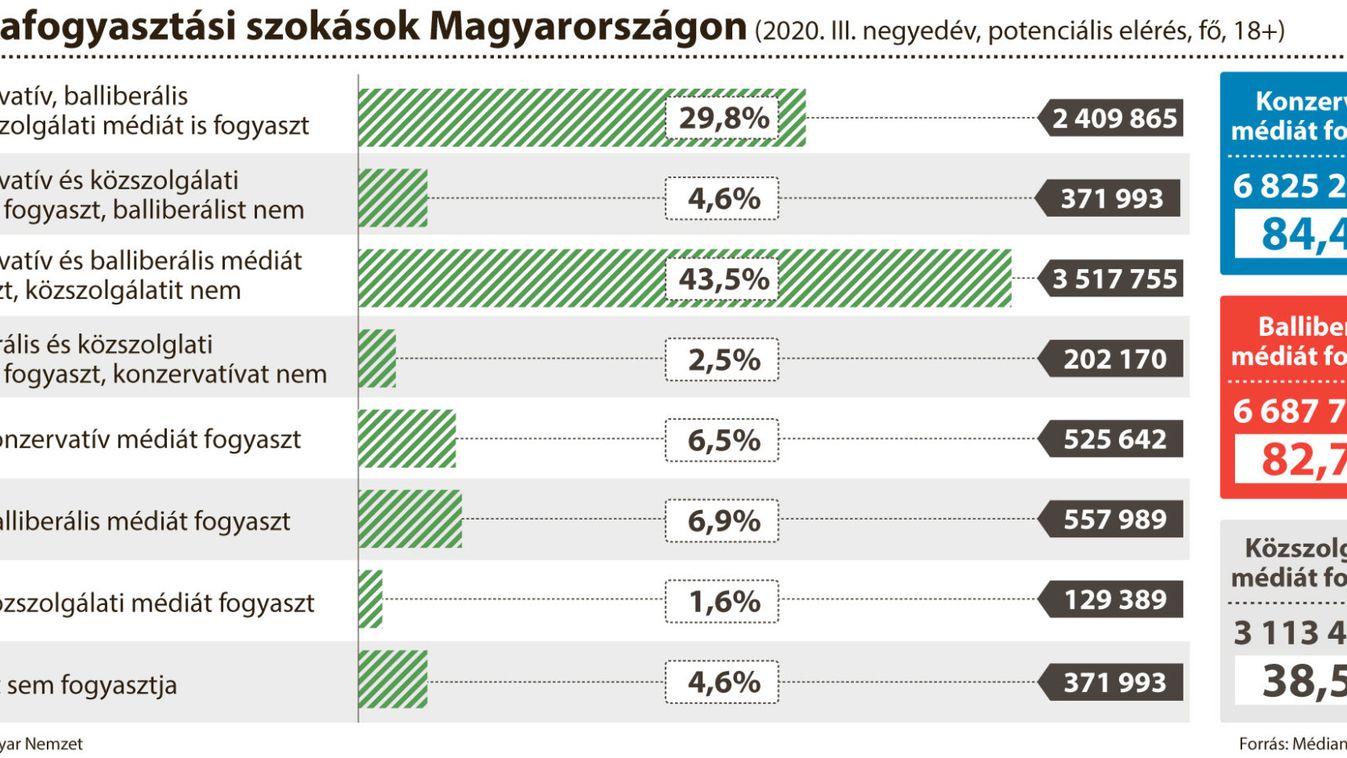

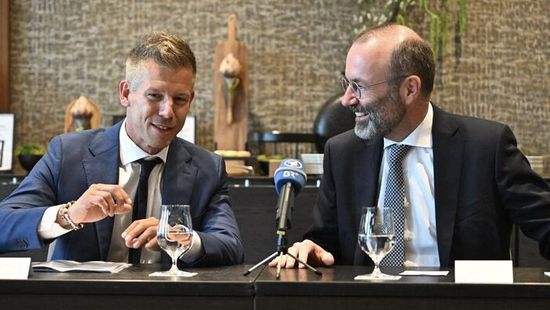
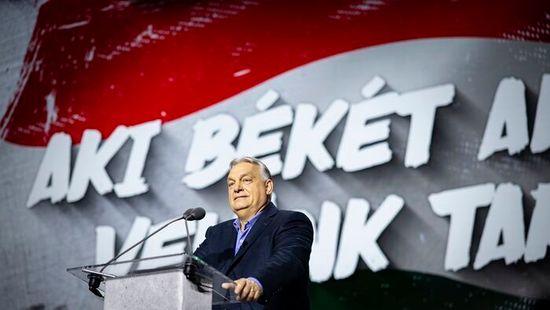


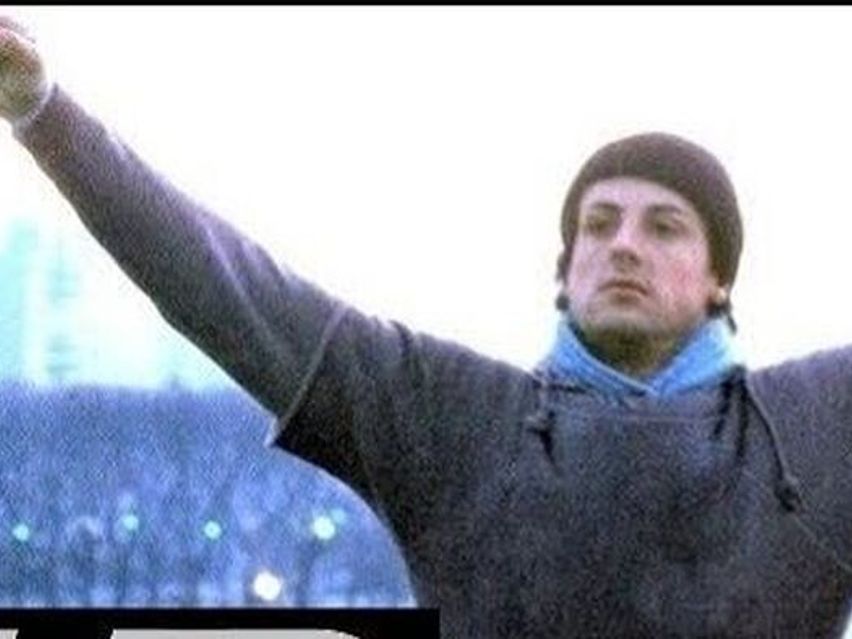

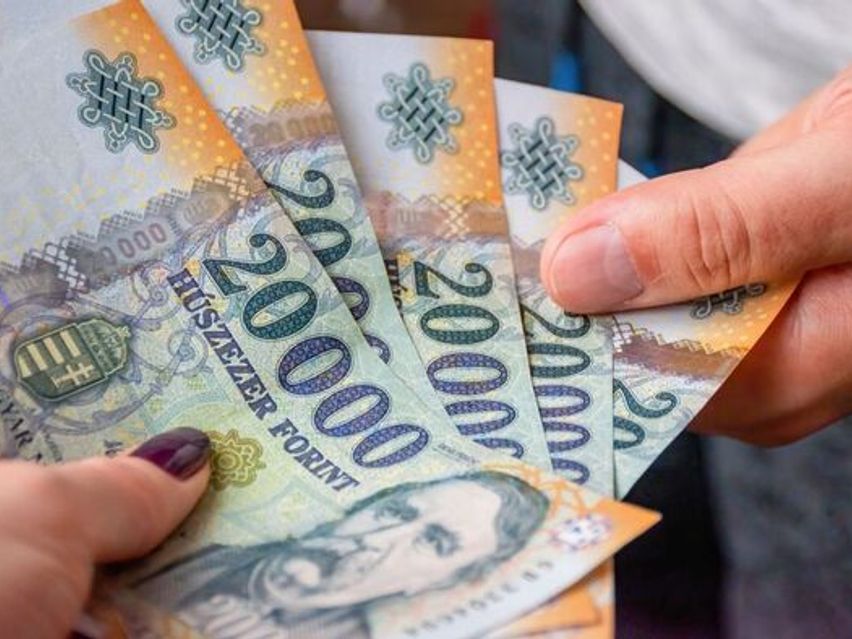


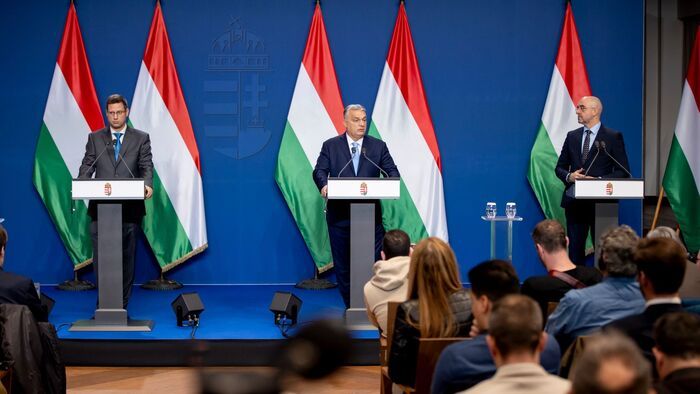




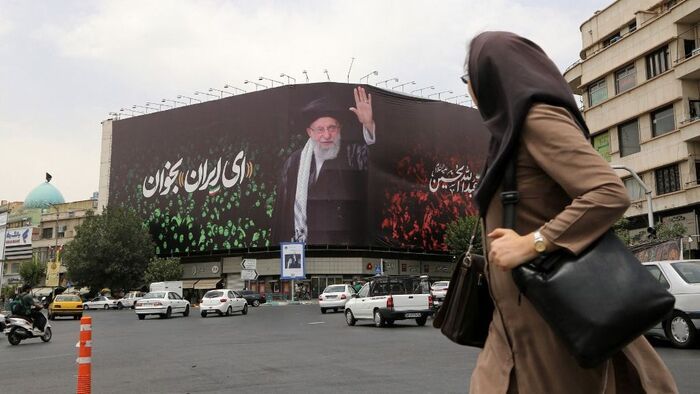


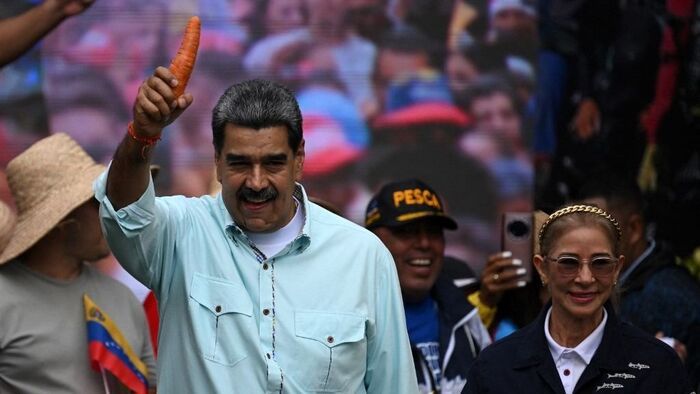


Szóljon hozzá!
Jelenleg csak a hozzászólások egy kis részét látja. Hozzászóláshoz és a további kommentek megtekintéséhez lépjen be, vagy regisztráljon!